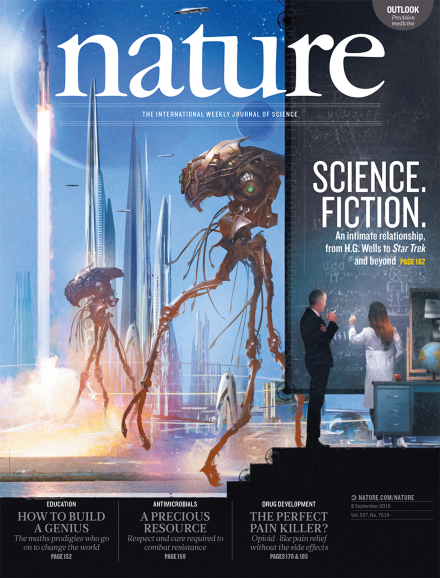Volume 537 Issue 7619, 8 September 2016
Editorial
World View
Research Highlights
Seven Days
News
Correction
News Feature
Comment
Books & Arts
Correspondence
Obituary
News & Views
Article
Letter
Corrigendum
Feature
Q&A
Correction
Futures
Outlook
-
Precision medicine
Nature Outlook:
-
Medical histories
Nature Outlook:
-
Technology: Read the instructions
Nature Outlook:
-
Gene therapy: Industrial strength
Nature Outlook:
-
Pharmacogenetics: The right drug for you
Nature Outlook:
-
Perspective: The precision-oncology illusion
Nature Outlook:
-
Diagnosis: A clear answer
Nature Outlook:
-
Participation: Power to the patients
Nature Outlook:
-
Q&A: Kathy Hudson
Nature Outlook:
-
Privacy: The myth of anonymity
Nature Outlook:

